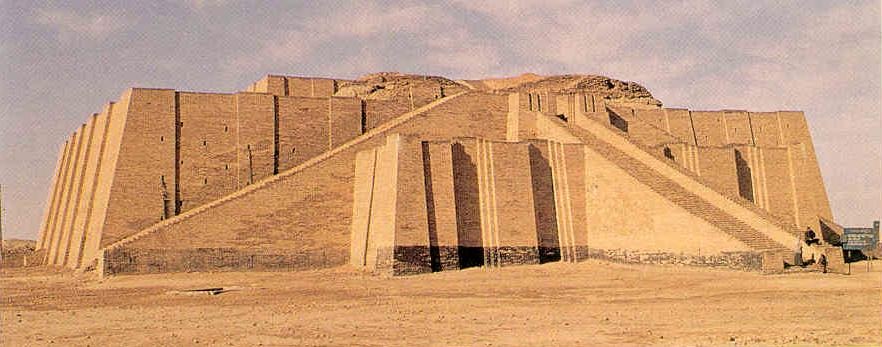UR City

Fifteen Kilometers from NASIRIYA stands Ur was an ancient Babylonian city said to be the birthplace of Prophet Ibrahim (Abraham), peace be upon him as mentioned in the Bible. It was established in the fourth millennium B.C. and eventually became the richest city in Mesopotamia. By 2100 B.C., the city came under the control of the king Ur-Nammu. Ur-Nammu built several ziggurats at Ur and other Mesopotamian cities.
For three successive dynasties it was the Sumerians famous capital. The third, and last, dynasty (2113-2095 B.C).
He established the buildings and temples, he constructed of which the most important is the Ziggurat of UR, rectangular in shape and measuring at its base 26.5x43m with a height of 17.25 m. The summit can be reached by three staircases and on it there is a temple dedicated to SIN, god of the moon, and the town's greatest deity.
The royal cemetery was found close by containing magnificent treasures and precious stones. To mention only two, there were jewels of Queen SHUBAD and the golden harp, now on display in the Iraq Museum . Two tombs have been found near the royal cemetery, those of king SHULGI and his son UR-NAMMO are there.
The temple of DEB LALMAKH, to the east of the Ziggurat, is one of the most distinguished of the towns’s buildings. One of its arches, built of Ziggurat, is one of the most distinguished of the town's building s. One of its arches, built of brick, is one of the oldest in the world. Most buildings were constructed of brick, bitumen and thatch which were the most common materials used by the Sumerians. These intriguing archaeological and architectural treasures that date back to Mesopotamia can be found scattered throughout Iraq, verifying the true skill, talent and expertise of the ancient Mesopotamian architects and builders .
